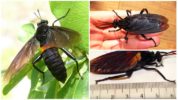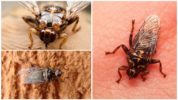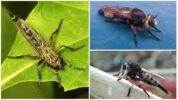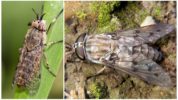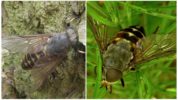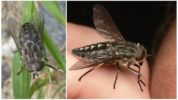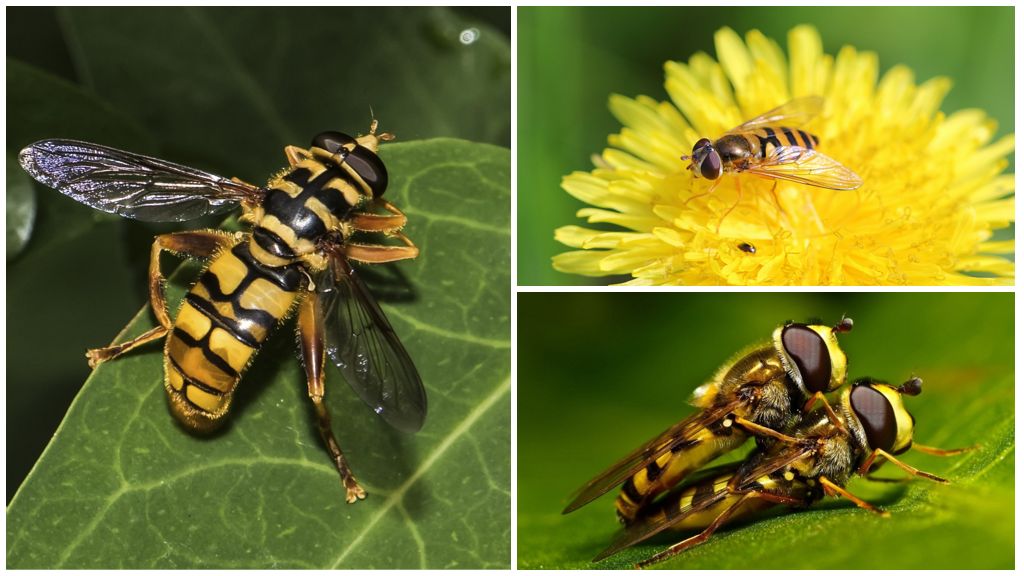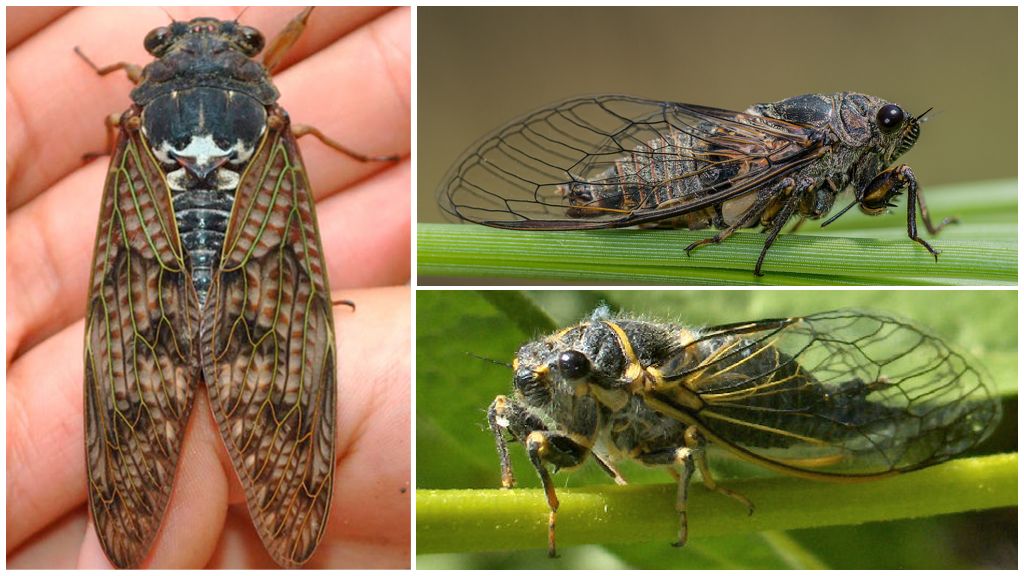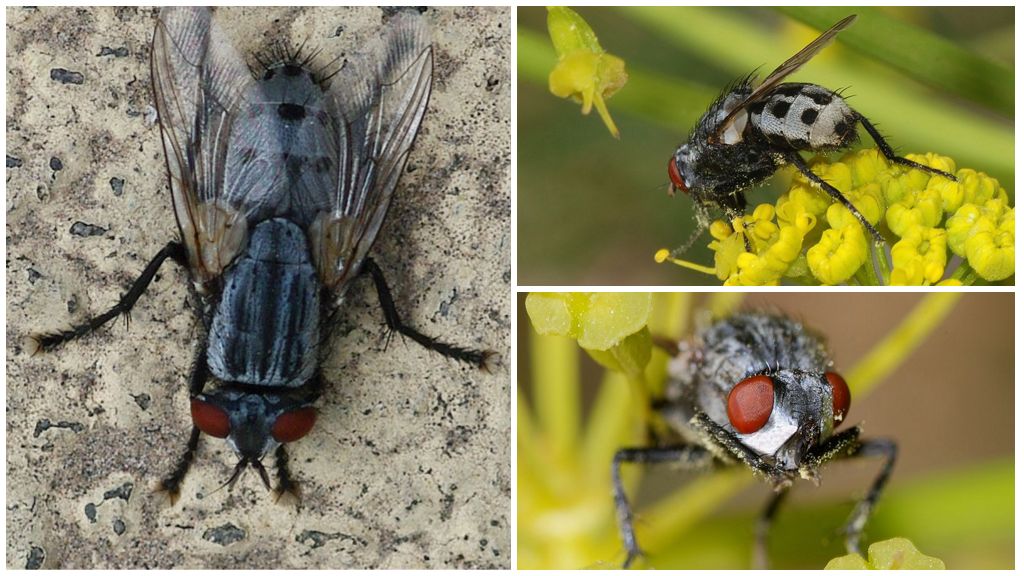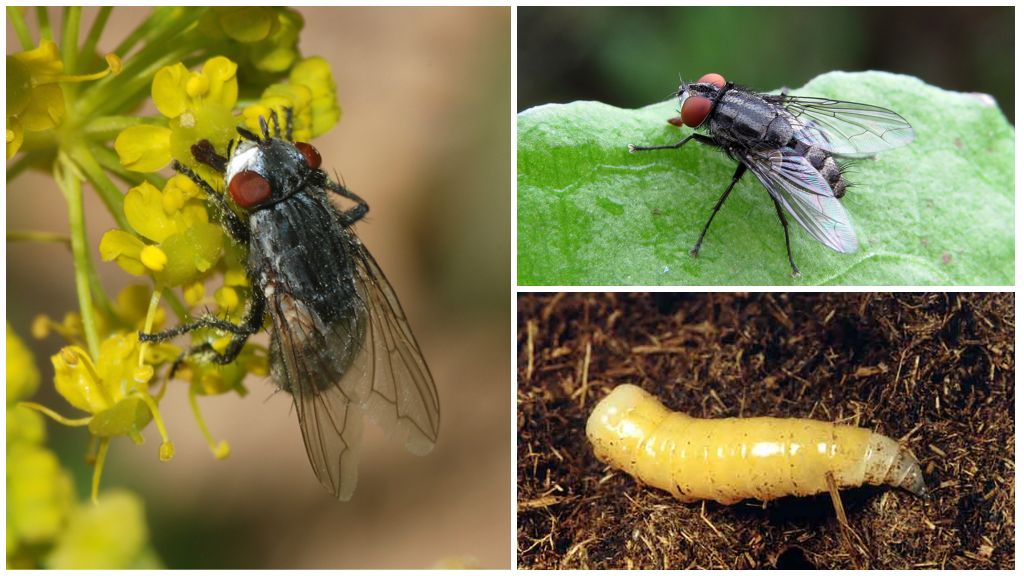- The biggest fly in the world Gauromydas heros
- Hippobosca equina fly or horse bloodsucker
- Fly ktyr
- Bulldog fly
- Bull horsefly Tabanus bovinus Linnaeus
- Great Gray Horsefly Tabanus autumnalis Linnaeus
A fly is one of the most annoying insects that attack a person’s home in the warm season. There are over seven tens of thousands of different species of fliesamong which there are both harmless and biting creatures. There are those that carry infections. Pretty sticky dung fliesthe most common are indoor. The fly-larva can adapt to the living organism and lay its parasite eggs there, as a result of which the larvae begin to develop right in the stomach and intestines, subsequently gnawing passages to other organs. The biggest fly is surprising in its own way. The most interesting and large specimens will be discussed in this article.
Gauromydas heros
The largest fly in the world, Gauromydas heros from the Mydidae family, is an inhabitant of the forests of South America. It is a very large insect, whose body length reaches 6 cm. This creature has the largest wingspan (up to 10-12 cm). The main body color is black (photo of a large fly can be seen below).
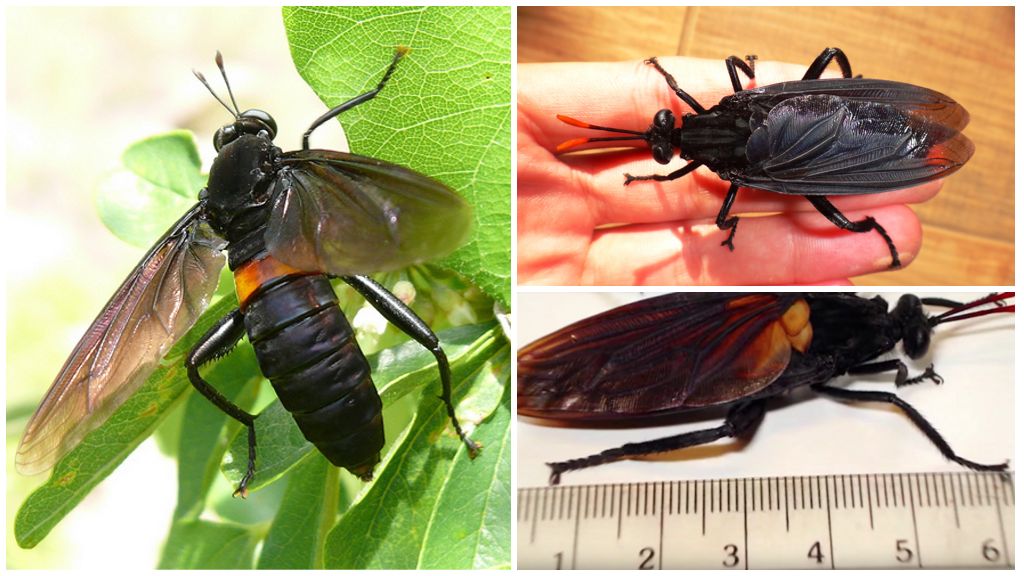
The biology of this large insect has not yet been fully studied, since adults are quite rare. It is known that only males feed on nectar, females are stocked with nutrients, being in the larval stage. Larvae the largest representative of the fly family live in the holes of the ants Atta Fabricius and pupate in the soil.
Interesting!
When meeting a person, a large black fly can leave a mark on the body in the form of a large bruise. About how dangerous this "giant" has not yet been established.
Hippobosca equina
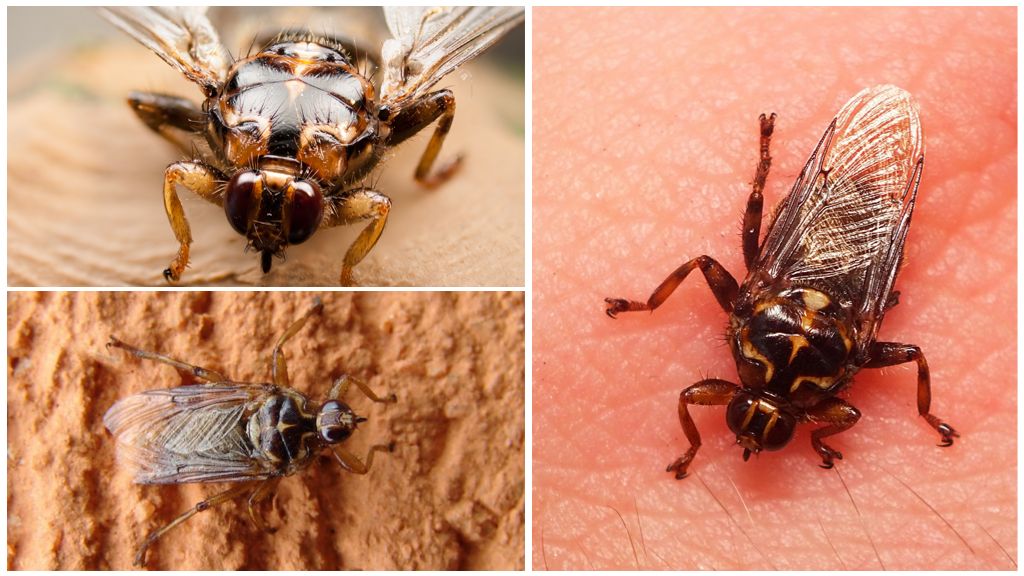
Hippobosca equina or a horse bloodsucker can also be attributed to giant insects. A representative of this species is distinguished by its large size (body length can be 6-8.5 cm), wide chest and rather strong wings. On the shiny brown body, a yellow pattern from the side of the chest stands out clearly. The mouth apparatus is represented by large powerful jaws identical to sharp knives.
Young individuals possess wings and lose them after attacking the victim. Horses and cattle usually serve as the latter. The insect clings to the tail, abdomen or thighs of the animal. Fly bite It causes skin irritation, which causes great discomfort. Moreover, only females bite to feast on the blood of mammals during the mating season. The rest of the time the huge fly is harmless, as it feeds on nectar and pollen of plants.
Ktyr

A representative of this species can be found everywhere, the exception is the territory of Antarctica. Ktyr is a predator-exterminator of various insects (flies, beetles, wasps, butterflies, grasshoppers, beetles), than sometimes provides a great service to man.
It differs in large sizes (5-8 cm), a strong body, strong limbs having spikes, and a hard proboscis. A characteristic feature of the structure of the imago is a large mid-chest and an elongated abdomen. The predator has a black color, sometimes there are species with brown, reddish or red sclerites. The entire body of the individual is covered with gray pollen, and there are specimens with a pattern of light stripes or spots. On the large head are the facet structure of the eye, three simple eyes and short antennae.
On a note!
The ktyr destroys the caught victim with poison.With the help of a proboscis, a predator wounds prey, and from the salivary glands it emits a powerful poison, which includes substances that break down the insect's insides.
Bulldog fly
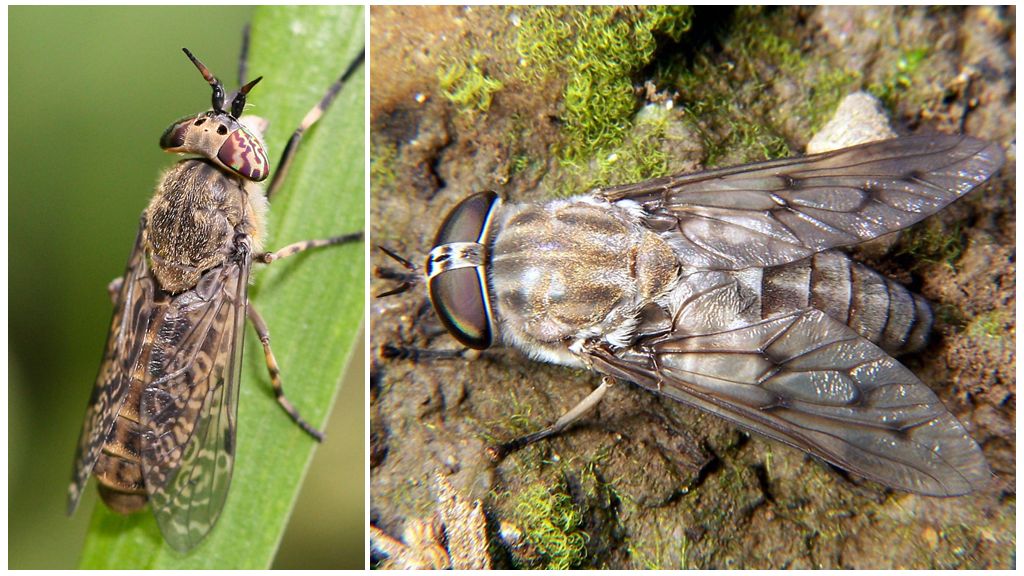
Another unpleasant insect is the Horsefly fly, referred to as the bulldog fly. In Russia, it is known as a gadfly.
Not only the size of the insects is impressive (the length of their body can reach 3-4 cm), but also their rather powerful shell. The bite of the gadfly is unpleasant and rather painful. Most often, cattle become victims of a bloodsucker attack, and a person can also suffer. Due to the powerful mandibles of the jaw, the flies exert strong pressure on the skin, cutting it like a knife.
Very often these flies gather in a swarm and eat together, therefore, if such a swarm attacks a clumsy animal, the chances of chasing away the bloodsuckers are almost null.
On a note!
"Vampire" features are manifested in female gadflies exclusively during mating games, yet the remaining time they feed on nectar and pollen of flowers.
Bull horsefly Tabanus bovinus Linnaeus
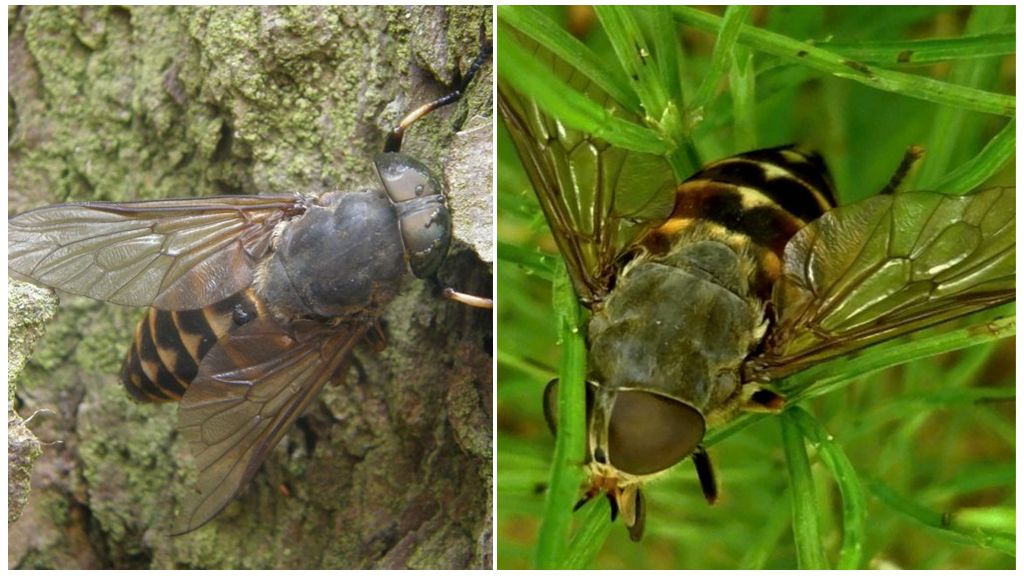
Another giant fly, whose body length is 19-24 mm. In the upper part of the abdomen of the insect has a dark gray color, from below it is yellow-brown with a brown strip. The first two segments of the antennae are brown, the rest are black. In males, unlike females, their eyes close.
Females suck the blood of cows, horses and other large mammals. A person is attacked very rarely. Food for males is plant nectar. Larvae develop in moist soil.
Insects are distributed practically throughout Europe (except for the northern regions), the Caucasus, and Western Siberia.
Great Gray Horsefly Tabanus autumnalis Linnaeus
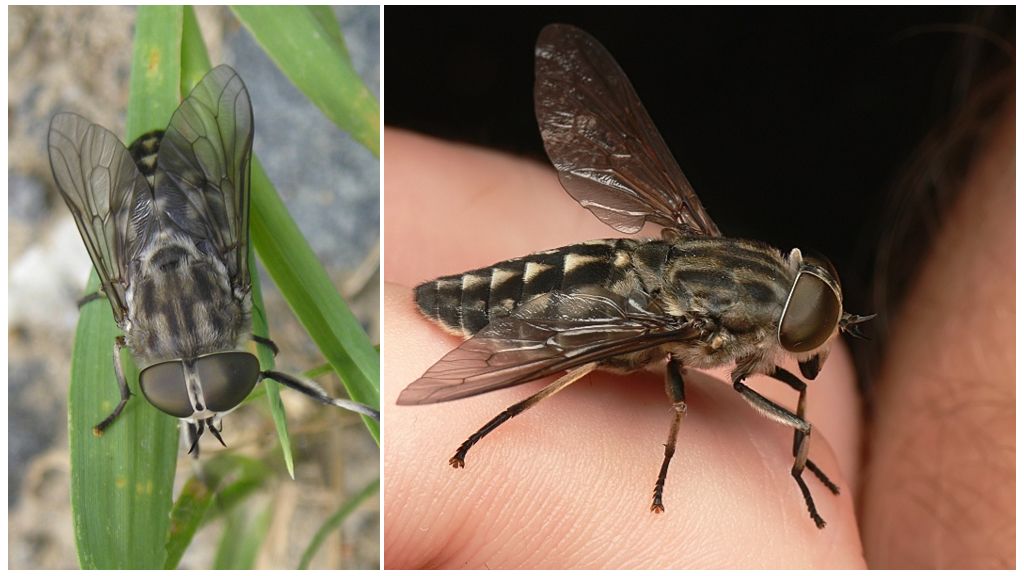
A large well-recognized fly, whose body length reaches 16-23 mm. Quite often, such horseflies are mistaken for gadflies, although the latter are representatives of the superfamily Oestroidea. The insect has a dark gray color, the abdomen is black with a well-recognized pattern.
Females suck the blood of mammals, they are able to attack humans. Before sitting on their victim, they circled for a long time over it. The males of the big fly lead a vegetarian lifestyle, eating exclusively floral nectar. The insect is a carrier of very dangerous infections, such as anthrax.
You can meet such a fly in Europe, North Africa, Western Siberia, Asia, the Caucasus and Kazakhstan.
